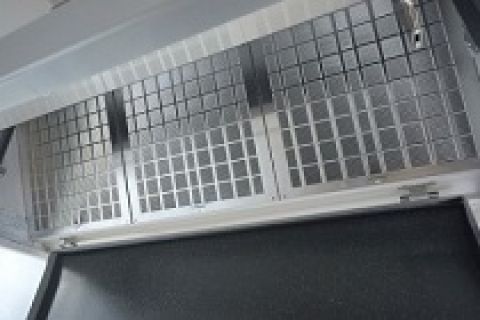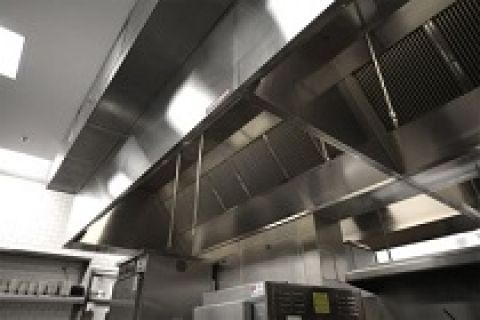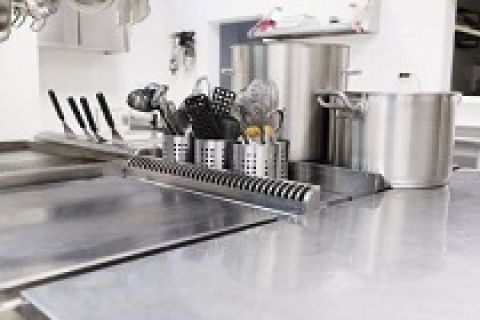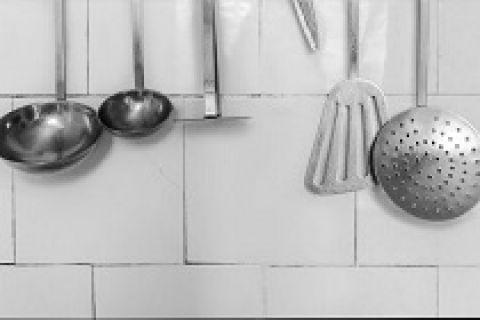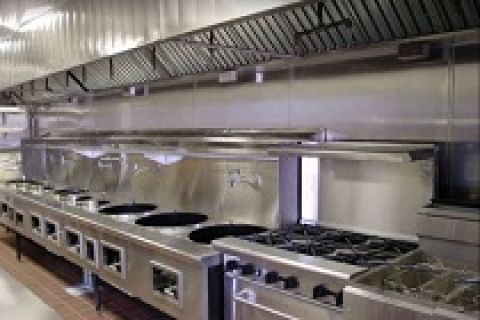How Kitchen Ventilation Affects Customer Satisfaction in Open Kitchens
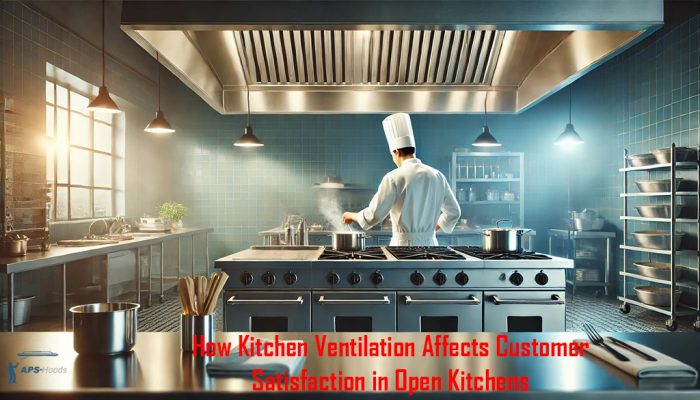
Open kitchen concepts are on the rise in today’s restaurant scene, offering a front-row seat to the culinary action and creating a warm, immersive dining atmosphere. By bringing cooking stations into full view, guests feel more connected to the process—and often appreciate the transparency. However, this setup also poses unique challenges. Without proper commercial kitchen ventilation, lingering smoke, odors, and excessive heat can quickly detract from the overall dining experience.
This is where robust kitchen hood systems and restaurant ventilation solutions become indispensable. By effectively removing airborne contaminants and regulating temperature, a well-designed ventilation system enhances air quality and keeps patrons comfortable. In turn, you foster a positive impression that encourages repeat visits and glowing word-of-mouth recommendations.
In this article, we’ll explore why strategic ventilation is crucial for open kitchens, delve into proven technologies, and share practical tips to ensure your guests return time and again.
Ensure Customer Satisfaction with Cleaner Air
Discover how top-quality kitchen ventilation systems can improve your guests’ dining experience.
Contact APS-Hoods today for expert installation and maintenance.
Understanding the Importance of Kitchen Ventilation in Open Kitchens
Open kitchens have rapidly become one of the most sought-after concepts in the restaurant industry. By allowing guests to witness the culinary process firsthand, these layouts create a more engaging and transparent dining experience. However, the absence of physical barriers also makes proper commercial kitchen ventilation essential. Without an efficient kitchen hood system and supporting exhaust solutions, smoke and odors can easily drift into the dining area, compromising both ambience and air quality.
From a management perspective, open kitchens introduce unique operational challenges. Not only must owners and staff refine workflow processes and customer engagement, but they must also prioritize a robust restaurant ventilation setup. When the cooking space shares an atmosphere with guests, every aroma and temperature fluctuation is immediately noticeable. Additionally, employees may feel added pressure under constant observation, making effective ventilation systems vital for maintaining a comfortable working environment.
Below are a few key reasons why adequate ventilation is especially critical in open kitchens:
- Shared Atmosphere: Guests and staff occupy the same space, so clean air and optimal temperature levels directly impact customer satisfaction.
- Employee Comfort: With no enclosed back-of-house, chefs and support staff are always in the spotlight—proper airflow ensures a less stressful environment.
- Odor and Smoke Control: Unmanaged grease, smoke, and strong food smells can quickly tarnish your restaurant’s reputation, making high-grade ventilation a must.
- Customer Experience: An open design enhances transparency, but it also highlights any missteps. Reliable ventilation helps keep the focus on your food’s quality and presentation, not unpleasant odors or a stuffy atmosphere.
By investing in the right hood systems, exhaust fans, and air filtration units, you can transform your open kitchen into a positive selling point that delights customers and streamlines operations.
Designing Tips for Open Kitchens with Effective Ventilation Solutions
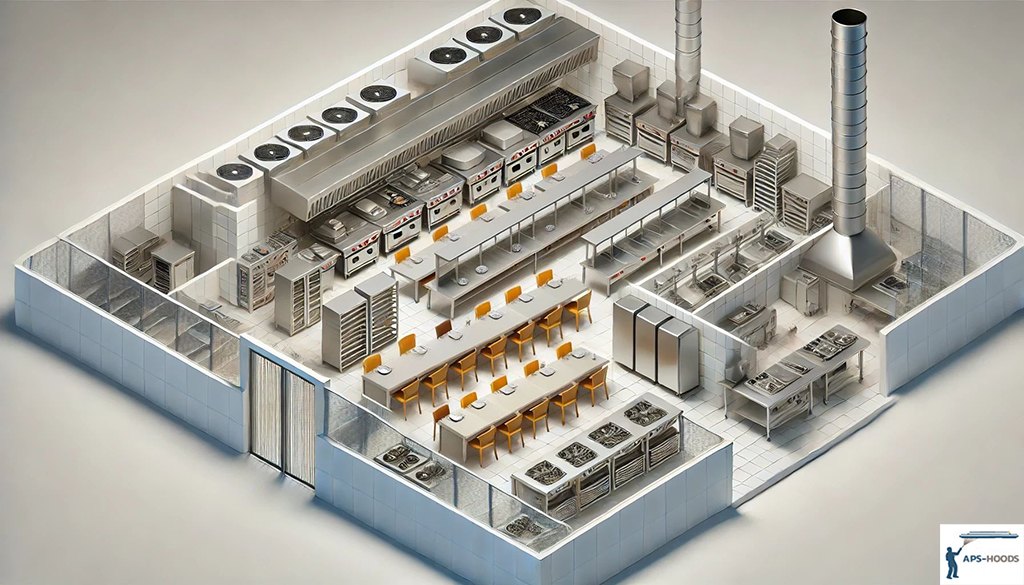
Creating an open kitchen involves striking the right balance between aesthetics, functionality, and commercial kitchen ventilation needs. By carefully planning your space and prioritizing airflow, you can ensure a pleasant environment for both diners and staff. Below are some essential considerations:
- Allocate Sufficient Space
- Ensure ample room for kitchen hood systems, cooking equipment, and walkways.
- A well-organized layout prevents overcrowding and makes ventilation systems more efficient.
- Invest in Powerful Exhausts and Hoods
- Choose Type I or Type II hoods depending on your cooking methods (e.g., high grease vs. low grease).
- Opt for energy-efficient exhaust fans and make-up air units (MAUs) to maintain balanced airflow.
- Plan Customer-Chef Interactions
- Keep high-heat or smoky cooking stations slightly away from guest seating to minimize odor transfer.
- Arrange counters or a transparent partition so guests can watch the action without being overwhelmed by heat or smoke.
- Consult Professional Layout Designers
- Seek experts in restaurant ventilation and architecture to optimize traffic flow and air circulation.
- Professionals can recommend the best hood types, filtration systems, and HVAC solutions for your unique space.
An open kitchen not only adds an element of theater to your restaurant but also provides transparency that modern diners appreciate. If you’re looking to boost customer engagement or revitalize a slow business, consider implementing an open kitchen concept—just remember to prioritize ventilation from the start.
Best Ventilation Systems for Open Kitchen Layouts
Open kitchens require specialized commercial kitchen ventilation solutions to effectively manage smoke, grease, and odors. The ideal system depends on factors such as cooking volume, menu style, and energy consumption. Here are some proven ventilation technologies that can help maintain a clean, comfortable environment for both guests and staff:
- Type I and Type II Kitchen Hoods
- Type I Hoods: Designed for cooking processes that generate significant grease and smoke (e.g., frying, broiling).
- Type II Hoods: Best suited for heat and steam removal when grease production is minimal.
- Benefit: Effectively captures airborne contaminants at their source, improving air quality and reducing fire risks.
- Exhaust Fans and Make-Up Air Units (MAUs)
- Exhaust Fans: Pull out smoke and odors, keeping the kitchen’s air fresh.
- MAUs: Bring in fresh, filtered air to replace the air exhausted, preventing negative pressure issues.
- Benefit: Balances airflow and temperature, ensuring optimal working conditions and a pleasant dining area.
- Ventless Systems
- Ideal for Smaller Spaces: Does not require traditional ductwork, making it easier to install in tight or historic buildings.
- Onboard Filtration: Equipped with advanced filters to capture grease, odors, and particulates.
- Benefit: Flexibility in layout and design, without sacrificing air quality.
- Grease and Smoke Filtration Systems
- High-Efficiency Filters: Trap grease particles before they spread, reducing buildup on equipment and walls.
- Activated Carbon Filters: Absorb odors to maintain a pleasant ambiance.
- Benefit: Prolongs the life of your restaurant ventilation setup and streamlines cleaning routines.
- UV-C Light and UCV Systems
- Ultraviolet Technology: Targets grease molecules and odors, breaking them down at a molecular level.
- Reduced Maintenance: Helps keep ductwork cleaner over time, cutting down on cleaning costs.
- Benefit: Creates a safer, more energy-efficient ventilation environment.
Learn More
For a deeper dive into why proper ventilation matters, check out our post:
The Importance of Proper Commercial Kitchen Ventilation | Denver, CO
By selecting the right mix of kitchen hood systems, exhaust units, and filtration technology, you’ll ensure that your open kitchen maintains superior air quality—promoting customer comfort, protecting staff well-being, and preserving the inviting atmosphere that keeps diners coming back.
Common Ventilation Problems in Open Kitchens and How to Solve Them
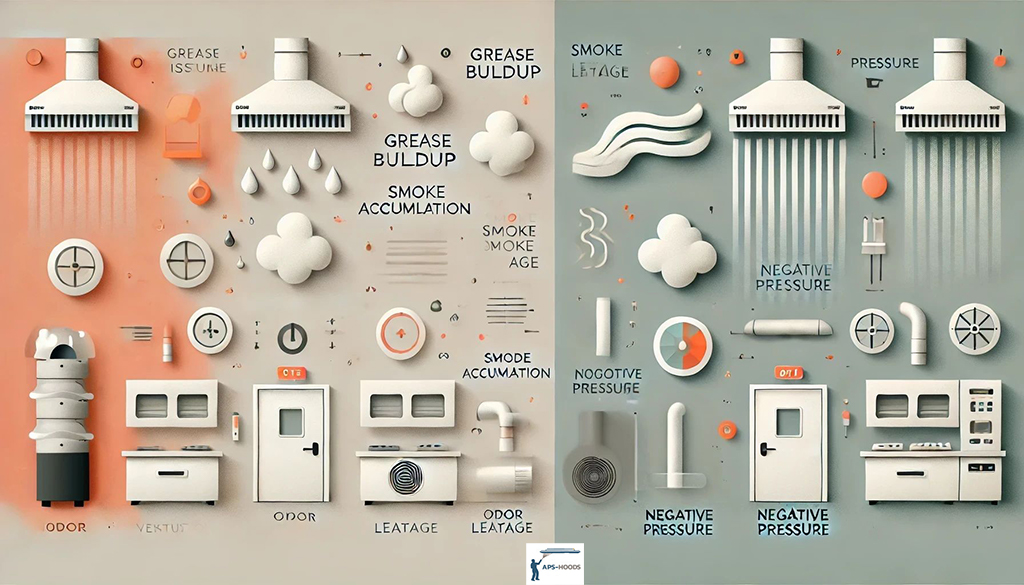
Even with regular maintenance, open kitchens can still face ventilation challenges that impact both customer satisfaction and staff comfort. Below is a quick overview of the most common issues—and proven solutions—to keep your commercial kitchen ventilation system running at peak efficiency:
| Issue | Solution |
|---|---|
| Grease Buildup | Install high-efficiency grease filters and schedule routine cleaning of ducts, hoods, and fans. |
| Poor Air Quality | Use high-efficiency air filters and ensure a proper make-up air system to remove contaminants. |
| Temperature Imbalance | Implement a balanced make-up air unit (MAU) with temperature controls to stabilize hot or cold spots. |
| Negative Air Pressure | Utilize MAUs to equalize indoor/outdoor air pressure, preventing unwanted drafts and door-closing issues. |
| Odor Leakage | Invest in UV-C (ultraviolet) technology or carbon filtration systems to neutralize odors before they spread. |
Protect Your Open Kitchen & Reputation
Keep smoke, grease, and unpleasant odors under control with professional restaurant ventilation solutions.
Call APS-Hoods at 800-750-7313 for comprehensive services tailored to your open kitchen’s unique needs.
Frequently Asked Questions
Below, we address the most common questions about open kitchen ventilation and how to maintain a comfortable, healthy environment for both patrons and staff.
1. Why Is Proper Ventilation Important for Open Kitchens?
Answer:
An effective commercial kitchen ventilation system not only removes smoke, grease, and odors but also stabilizes temperatures and air quality. This creates a more enjoyable dining experience and a safer work environment. Good ventilation reduces the strain on employees, minimizes distractions from cooking fumes, and helps maintain the inviting atmosphere that customers expect when they can see—and smell—everything happening in your kitchen.
2. What Are the Common Ventilation Challenges in Open Kitchen Restaurants?
Answer:
Open kitchens often face issues such as negative air pressure, smoke accumulation, odor leakage, and fluctuating temperatures. These challenges arise because there’s no physical barrier between the cooking area and the dining space. Properly sized exhaust fans, make-up air units (MAUs), and advanced filtration systems can effectively address these concerns.
3. What Types of Ventilation Systems Are Recommended for Open Kitchens?
Answer:
The optimal system depends on your menu, cooking volume, and layout. Key options include:
- Type I & Type II Hoods: For high-grease (Type I) or steam-heavy (Type II) cooking.
- Ventless Systems: Perfect for smaller spaces or buildings where traditional ductwork isn’t feasible.
- UV-C Odor Control: Uses ultraviolet light to break down grease and neutralize odors at the molecular level.
Consulting a restaurant ventilation expert can help you determine the best combination of technologies for your specific operation.
4. How Does Negative Air Pressure Impact Restaurant Operations?
Answer:
Negative air pressure occurs when more air is exhausted than supplied, causing difficulties in opening doors and trapping odors inside. This imbalance can also draw in unfiltered air from outside or other parts of the building. Installing make-up air units ensures fresh, balanced airflow and prevents these issues from compromising the dining experience.
5. How Often Should Ventilation Systems in Open Kitchens Be Cleaned and Maintained?
Answer:
Frequency varies based on your cooking intensity and the volume of grease generated. However, it’s best practice to schedule hood and duct cleaning at least once per quarter for high-volume establishments. Regular HVAC inspections and filter replacements help maintain efficiency, extend equipment lifespan, and comply with local health and fire codes.
6. What Signs Indicate That My Open Kitchen Ventilation System Needs an Upgrade?
Answer:
Look for persistent odors, excessive smoke, uneven temperatures, or difficulty in maintaining air quality. If customers frequently comment on smells or staff complain about discomfort while cooking, it’s time to evaluate and possibly upgrade your current kitchen ventilation setup. Consulting professionals for an on-site assessment can pinpoint issues and recommend cost-effective solutions.
7. Can Improper Ventilation Affect Food Safety and Hygiene in Restaurants?
Answer:
Absolutely. Poor ventilation can lead to grease buildup, higher humidity, and fluctuating temperatures—all of which can compromise food storage and preparation conditions. In addition, lingering odors and smoke reduce overall cleanliness and may deter customers. A well-maintained ventilation system helps uphold food safety standards and enhances your restaurant’s reputation.
8. How Can UV-C Systems Help with Odor Control in Open Kitchens?
Answer:
UV-C technology targets and breaks down the molecular structure of grease and odor-causing compounds, significantly reducing smells before they spread into the dining area. These systems can also minimize grease buildup in ducts and hoods, lowering maintenance costs and fire risks over time.
9. How Can I Choose the Best Ventilation Solution for My Restaurant’s Open Kitchen Design?
Answer:
Selecting the right ventilation approach involves evaluating cooking methods, kitchen size, and local regulations. From MAUs and Type I hoods to ventless solutions and UV-C systems, each option has its strengths. For personalized guidance and a comprehensive assessment, reach out to APS-Hoods for a free consultation.
Need Expert Help With Your Open Kitchen Ventilation?
Contact APS-Hoods today for customized solutions that keep your restaurant inviting, comfortable, and compliant.
Final Thoughts
Whether you already feature an open kitchen or are planning to introduce one, you’re tapping into a growing culinary trend that resonates with today’s diners. The transparent layout encourages guest interaction and offers a unique window into the artistry behind each dish.
However, keep in mind that commercial kitchen ventilation is a key factor in maintaining a comfortable, odor-free environment. Here are some essentials to keep your open kitchen running smoothly:
- Invest in Staff Training: Ensure team members know how to operate and maintain ventilation equipment.
- Upgrade Your Hood Systems: Install or retrofit hoods, filters, and exhaust fans as needed to handle evolving cooking demands.
- Schedule Regular Inspections: Catch minor issues before they become major headaches, and stay compliant with local health and safety regulations.
Create the Perfect Dining Atmosphere
Proper ventilation not only enhances customer comfort but also safeguards food quality and aligns your restaurant with health codes. Count on APS-Hoods for professional cleaning, repairs, and turnkey installations that keep your open kitchen inviting and fully compliant.


